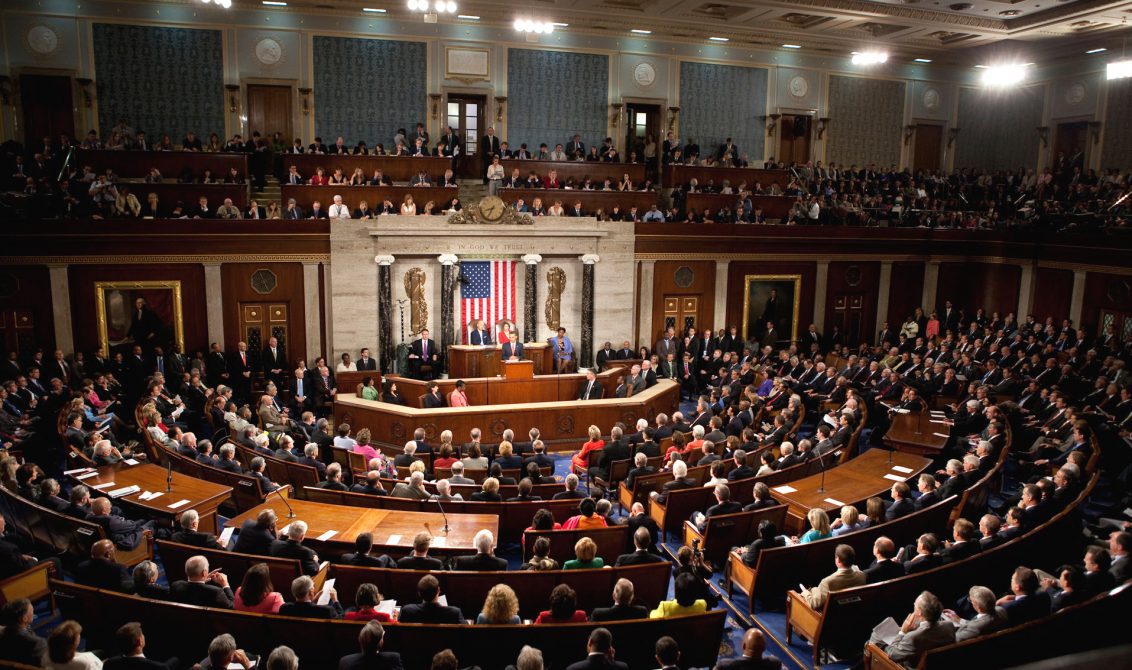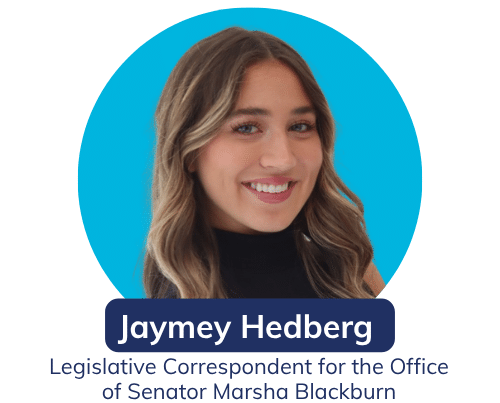
What are earmarks?
Earmarks or earmark spending is when a specific portion of a spending bill is allocated or designated for a certain project, location, foundation, etc. This differentiates from typical congressional allocation of funds in the specificity of the recipient.
In the “normal” appropriations process, or the process that has been practiced for the past 10 years, Congress simply decides how the discretionary budget is divided amongst federal agencies. Once that money is allocated to a certain facet of the federal government, it is up to that specific entity to decide the manner in which the money will be spent.
With the reintroduction of earmarks, Congress can ensure that a certain amount of money is delineated to certain projects. This targeted method of spending allows for greater political leverage when attempting to pass legislation, as these projects typically fall within the state or district of specific members of congress.
Why did we get rid of them in the first place?
In 2011, a moratorium was placed on earmark spending when the Republican party took control of the House. This was enforced due to the stigma surrounding earmarks from past scandals including, but not limited to, unlawful spending that led to the incarceration of former Rep. Randy “Duke” Cunningham and a $400 million bridge that was never constructed. At the time, this was a move supported by both parties with then President Barack Obama explaining, “the American people deserve to know that special interests aren’t larding up legislation with pet projects,” in his State of the Union address. Although widely supported, there was definitely frustration amongst members of congress surrounding the increased difficulty to pass legislation without the use of earmarks as a tool of persuasion.
Why are earmarks making a comeback now?
Currently, Democrats in the House hold what has been deemed the slimmest majority in modern history, with 221 seats held by Democrats and 211 seats held by Republicans. The reintroduction of earmarks will provide greater leverage and better negotiation tools surrounding the passage of critical legislation.
At this point in time, only House Democrats have established a plan for the usage of earmarks. The Senate has yet to divulge its plan for how or when the practice of earmark spending will begin again, and Republicans in both the House and Senate have yet to announce if they will remove the GOP party rule barring them from the use of earmarks. It is a widespread belief on the hill that upon the reintroduction of this spending practice, there will largely be bipartisan support. House Majority Leader Steny Hoyer told reporters, “My view has been that it’s a constitutional responsibility of the Congress the United States and that members of Congress know their districts better than almost anybody else,” explaining his support for the return of earmarks, claiming that the members of congress know how best to invest federal funding in their communities to meet the needs of their constituents.
What will earmark spending look like in this Congress?
Only 1% of the $1.4 trillion of discretionary funds will be set aside for earmarks. For-profit businesses and other entities will not be eligible for funds allocated by earmark spending. The earmark process will be audited by the Government Accountability Office — overseeing a sample of proposed earmarks and submitting a subsequent report on the efficacy and legality of the process.
Members of Congress will be limited to submitting 10 earmark requests per fiscal year, but are given no guarantee that the requests will be fulfilled. These requests will be submitted on an online portal and must be accompanied by evidence of constituent support for the funding. They will also have to prove there is no vested personal financial interest in the project and no direct relatives of the members are connected to the projects in any way.
These guidelines have been outlined with the hope of preventing issues like those seen in the past, and though not all members of Congress are sold on the idea and logistics surrounding the practice have yet to be fully worked out, earmark spending will officially be making a comeback in the 2022 fiscal budget.






